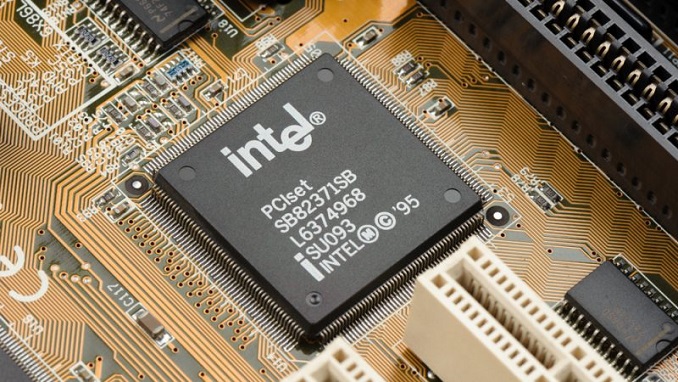
The third top chip manufacturer in the world, Intel, unveiled on Tuesday the long-awaited plan to invest €33 billion in Europe allocated for the establishment of a new mega factory in Germany, expanding an existing factory in Ireland, production and research capacities in Italy, Spain and Poland and for an R&D and design hub in France.
According to Intel CEO Pat Gelsinger, this is part of €80 billion-worth broader strategy to strengthen the semiconductor value chain in the EU in the next decade.
Gelsinger said that the initiative will boost Europe’s R&D innovation and bring leading-edge manufacturing to the region, noting at the same time the importance of the EU Chips Act that will empower private companies and governments to drastically advance Europe’s position in the semiconductor sector.
The European Commission presented in February the European Chips Act with an aim to boost European semiconductor capacity by relaxing state aid rules to favor the establishment of state-of-the-art and first-of-a-kind fabrication facilities.
The most important part of the largest investment from a private company in Europe in recent years is the two first-of-their-kind facilities that Intel will build in Magdeburg, Germany in 2023.
Nicknamed ‘Silicon Junction’ as it connects the different innovation and manufacturing centers across the EU, the German hub – which should become operational in 2027- will create 3,000 high-tech jobs and will produce Intel’s latest generation of chips, offering at the same time foundry services producing semiconductors for other companies.
The €12 billion investment that the American company plans to expand its facility in Ireland should double the manufacturing space strengthens foundry services’ offer in Europe and bring advanced chips.
Intel is also planning to open its main European foundry design center in France as well as to create 1,000 high-tech jobs by 2025 by opening an R&D hub in France’s Plateau de Saclay.
The chipmaker is also discussing with the Italian government its plans to open a first-of-a-kind facility for back-end manufacturing- where chips are finalized via high-precision processes – that will employ 1,500 people directly and generate more than double the jobs in the supply chain.

Be the first to comment